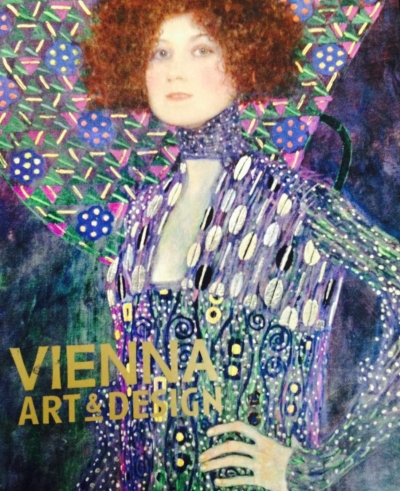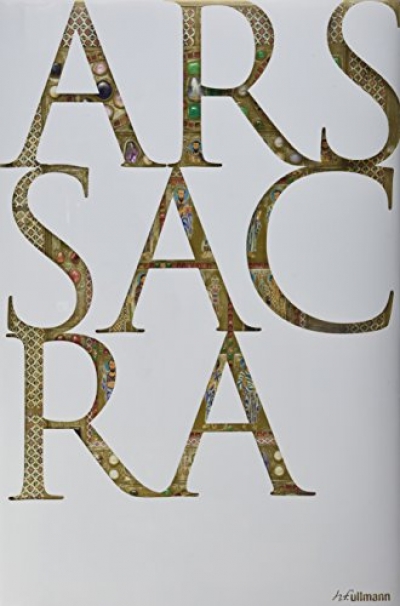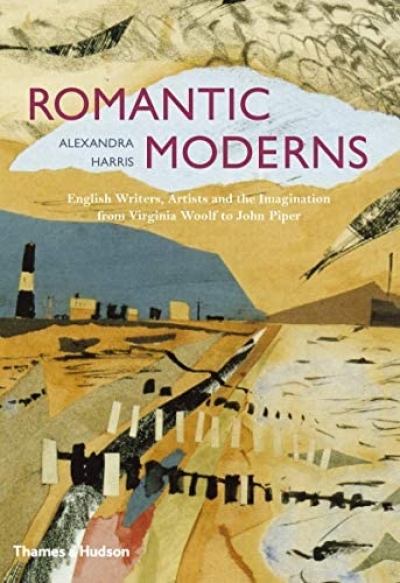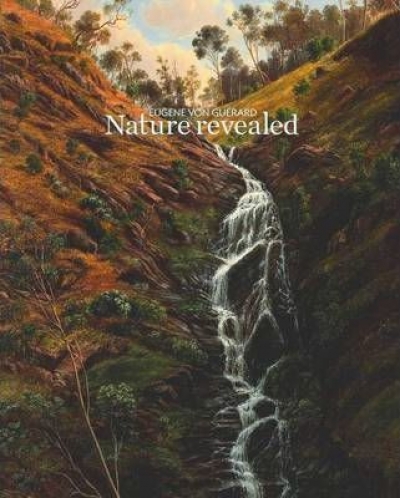Arts
Art Journal of the National Gallery of Victoria, 50th Edition edited by Isobel Crombie and Judith Ryan
Paradoxical neglect
Dear Editor,
Patrick McCaughey’s article ‘NativeGrounds and Foreign Fields: The Paradoxical Neglect of Australian Art Abroad’ (June 2011) caught my attention because of its title, then its content. The ...
Vienna: Art and Design: Klimt, Schiele, Hoffmann, Loos by Christian Witt-Dörring et al.
Ars Sacra: Christian Art and Architecture of the Western World from the Very Beginning up Until Today edited by Rolf Toman and Thomas Paffen
Twenty years ago, when I was at the Wadsworth Atheneum in Hartford, I heard of an Arthur Boyd exhibition in SoHo. Recklessly, without seeing the show, I urged my American friends to see one of Australia’s foremost contemporary painters. The gallery, unknown to me, turned out to be small and unimpressive. There were five or six late paintings, including one of those large, multi-figured bathers, with that disconcerting quality of Boyd at the end of his career, both slapdash and commercial at the same moment. ‘So this is what contemporary Australian painting looks like?’ my companion asked ironically, just within the bounds of good manners.
... (read more)





